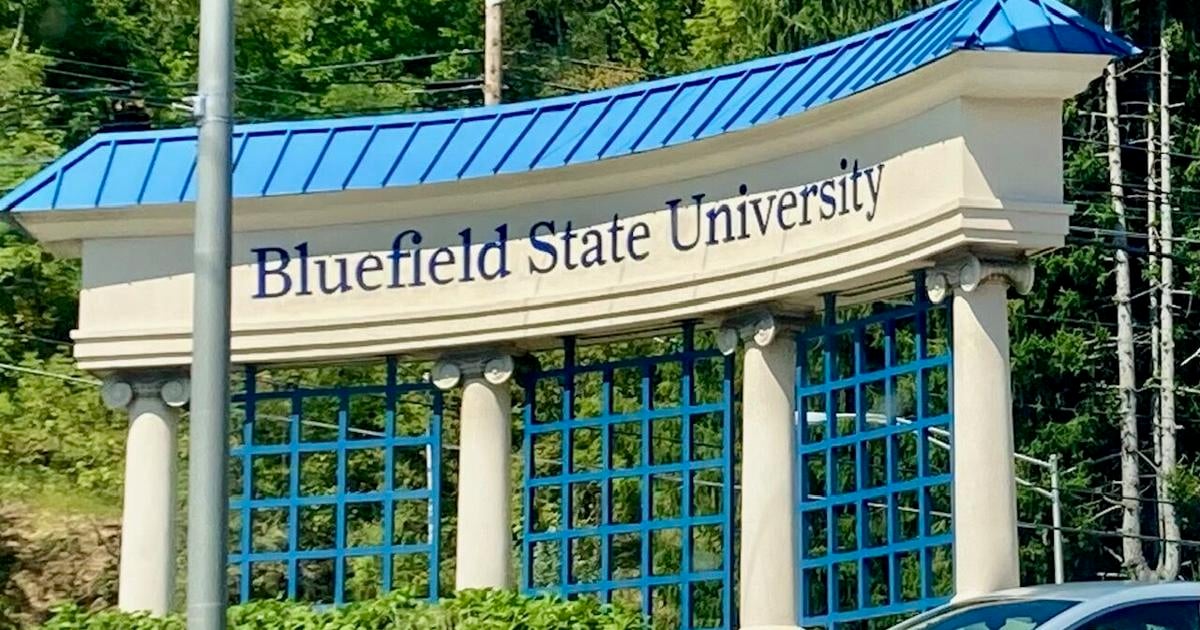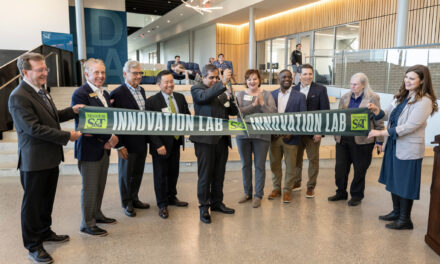
An over $25 million federal grant that was announced on Sept. 5 by the U.S. Department of Transportation will help the city of Bluefield make transportation easier and safer for pedestrians, bicycle riders, wheelchair users and others walking or riding through the community.
U.S. Transportation Secretary Pete Buttigieg, along with U.S. Senator Joe Manchin, I-W.Va., and U.S. Senator Shelley Moore Capito, R-W.Va., announced the funding award in early September as part of $1 billion in grants through the Bipartisan Infrastructure Law for the Safe Streets and Roads for All program.
The Sept. 5 announcement was a key component of the DOT’s comprehensive National Roadway Safety Strategy launched in 2022 and is paired with the National Highway Traffic Safety Administration’s release of its early estimates of traffic fatalities for the first half of 2024, estimating that traffic fatalities declined for the ninth straight quarter, Buttligieg said. An estimated 18,720 people died in motor vehicle traffic crashes in 2022, a decrease of about 3.2 percent as compared to 19,330 fatalities projected to have occurred in the first half of 2023. Fatalities declined in both the first and second quarters of 2024.
Even with road fatalities decreasing over the past nine quarters straight, they remain far too high, Buttligieg said in the Sept. 5 announcement. Over 40,000 people have died on U.S. roads in each of the last three years, and a disproportionate number of people are killed in rural areas or while walking or bicycling. Additionally, traffic fatalities remain a leading cause of death for school-aged children and young adults.
The city of Bluefield was awarded $25,547,532 for the Making Residents, Students, and Visitors Safer in the Education and Recreation District to make safety improvements to a key gateway into historic African American communities and the entrance to Bluefield State University, the DOT said. The transportation infrastructure in the project area was built without consideration for people walking, biking, and rolling, and popular destinations do not include sidewalks or shoulders, Buttigieg said in his announcement. Pedestrians, cyclists and wheelchair users must share the road with minimal facilities for their travel.
The project will convert four key intersections to roundabouts, create pedestrian and bicycle accommodations through a strategic mountain gap, and make safety improvements that include implementing traffic-calming strategies and installing sidewalks, crosswalks, rectangular rapid-flashing beacons, and street lighting on selected corridors.
Capito, ranking member of the Senate Environment and Public Works Committee and a member of the Senate Appropriations Committee, also spoke about Bluefield’s federal grant.
Capito said she wrote a letter last May supporting Bluefield’s project application.
“As I was working to negotiate and craft the Infrastructure Investment and Jobs Act, I knew there were substantial opportunities to improve aspects of West Virginia’s surface transportation infrastructure,” Capito said. “U.S. Route 52 as it crosses through Bluefield is a transportation hub for the southern part of our state, and making key improvements will serve to both increase the safety of our residents and spur economic development opportunities within the city. I was proud to advocate for this project and I’m thrilled to secure the funding needed to get this initiative underway in Mercer County.”
U.S. Senator Joe Manchin, I-WV, a member of the Senate Appropriations Committee, also wrote a letter of support last May for the city’s application.
“Our transportation system is the foundation for economic growth in our state, and that’s why improving and modernizing our roads, bridges and highways has been and continues to be one of my top priorities,” said Manchin. “This investment of more than $25 million will boost tourism, spur economic development and promote safe and secure travel for all West Virginians.”
City Manager Cecil Marson thanked Capito and other officials who helped bring the major grant to Bluefield, calling it an opportunity for “generational change for not only our city, but all of southern West Virginia,”
“We are very appreciative of U.S. Senator Shelley Moore Capito, U.S. Transportation Secretary Pete Buttigieg, Gov. Jim Justice and West Virginia Transportation Secretary Jimmy Wriston for their support and entrusting us with this funding, which will modernize downtown Bluefield, create a gateway to Bluefield State University, and improve the safety and quality of life for residents and visitors alike,” Marson said.
Curtis French, city engineer, director of zoning and stormwater for the city, said the grant is for improvements to make streets safer.
The West Virginia Department of Highways also played a role in helping the city secure the federal grant, he said.
“I do want to mention the DOH actually giving us another $6 million. They’re actually covering the match for this grant, so we will not be at $25 million. We’ll be at $31 million,” French said.
“The initial round of funding came in at around $500,000 about a year and a half ago or a year ago,” French said in an earlier interview. “We got the award and that was to allow an engineering firm of our selection to come in and just canvas the city’s streets, run through all the intersections, all the police data that we had. Through all that data sifting and the three public engagements that we had – I think there were two on the North Side and one at the (Bluefield) Arts Center – hearing what the community thought was necessary to keep the populace safe, the children, the university students, this plan came about.
“The original amount of funding, it culminated in what is referred to as an action plan,” he said. “So it said by these steps, we plan to make Bluefield safer. And there were multiple streets that were laid out. The notable ones that actually came through on this grant which we submitted for were (Route) 52 at the five-way intersection Bluefield State (University), Hill Avenue, and the 52 roadway.”
The current plan is to widen the mountain gap at Cherry Street and add a sidewalk and lighting to the former Bluefield Regional Medical Center, which is now used as classrooms and dormitories for Bluefield State. There will be improvements to Stadium Drive and College Avenue as well. Roundabouts such as one at the Stadium Drive and Cherry Street intersection are part of the plans as well as bicycle lanes on Stadium Drive and College Avenue.
Contact Greg Jordan at gjordan@bdtonline.com
Thank you for supporting local journalism.
Get the most out of your subscription by signing up for email newsletters and downloading our app.]]>
‘; var element = document.getElementById(“sub_message”); element.appendChild(subMessage); console.log(“Code Loaded!”); } else { var subMessage = document.createElement(‘div’); subMessage.id = ‘sub-message-top’; subMessage.class = ‘panel panel-default’; subMessage.style.backgroundColor = ‘#eee’; subMessage.style.borderRadius = ‘5px’; subMessage.style.padding = ’10px’; subMessage.style.marginTop = ’25px’; subMessage.style.marginBottom = ’25px’; subMessage.innerHTML = ‘
Support local journalism.
Subscribe Today‘; var element = document.getElementById(“sub_message”); element.appendChild(subMessage); console.log(“Code Loaded!”); } }
Source




